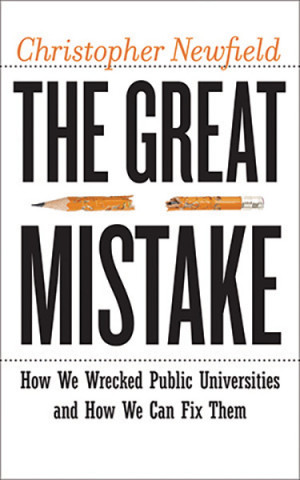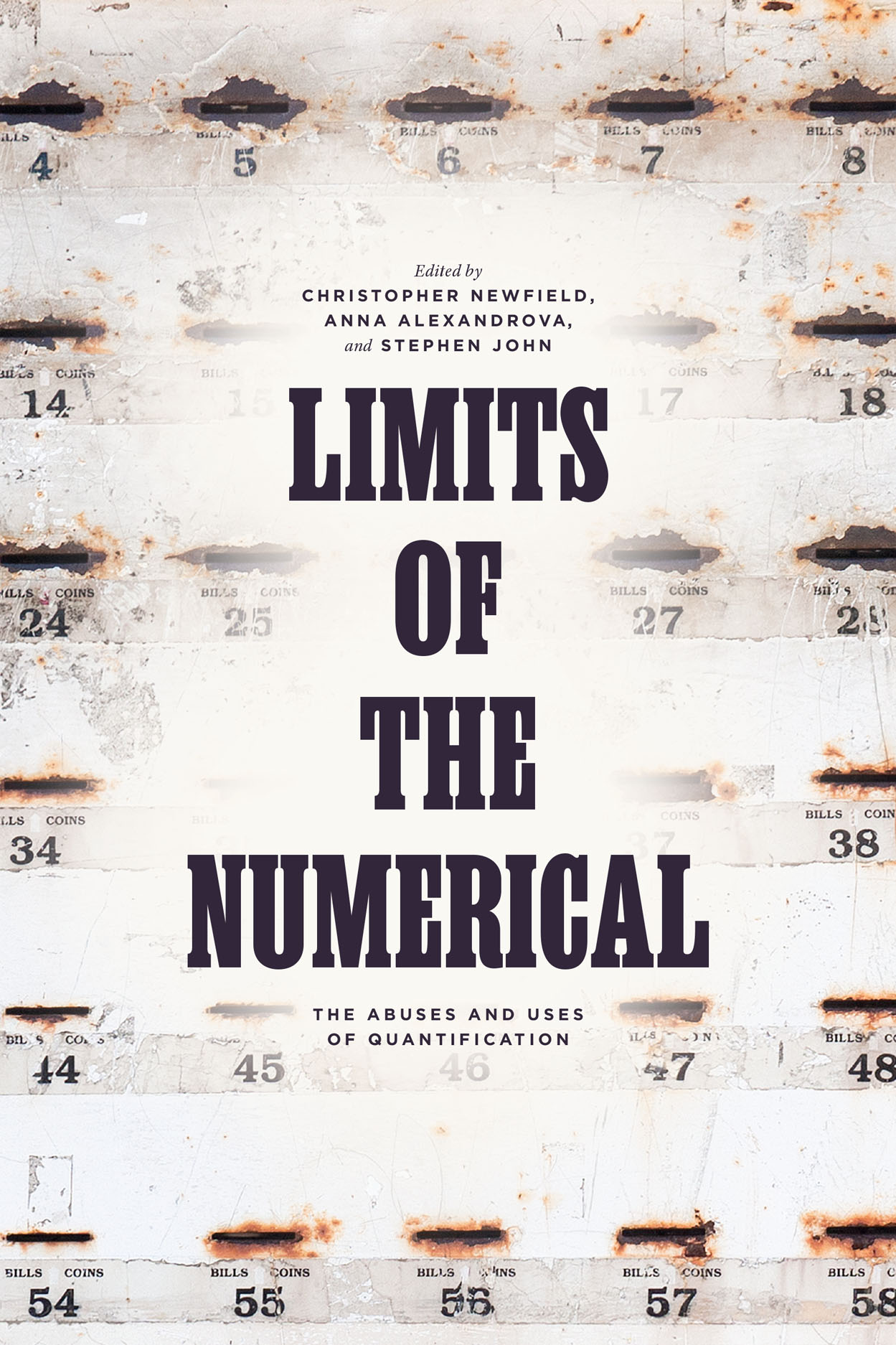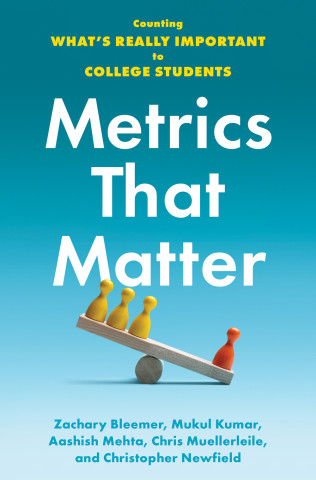This is the first section of the talk I'll give at Disquantified: Higher Education in the Age of Metrics, May 16th, 1 pm, Loma Peloma at UCSB. We're headed towards conceptual and policy fixes for the widespread misuse of metrics and for the sidelining of qualitative knowledge.
There’s no intrinsic conflict between language and the numerical. But we do have a profoundly embedded cultural misinterpretation of their relation.
This year brings the 60th anniversary of CP Snow’s famous Two Cultures lecture. Unfortunately, it still reflects the public understanding of the divisions of human knowledge. Speaking in 1959, Sir Charles classed scientists as people with the future in their bones, and “literary intellectuals” as “natural Luddites,” people who are too focused on the price of progress to make any progress themselves. This idea of literary intellectuals as critics rather than creatives carries on today. Some of us have tried to get rid of the label – via the critique of critique for example—but so far this has reinforced it.
In higher education, it would seem that we would have solved this two-culture division long ago. Liberal arts education is all about general learning and creating competencies in multiple domains. Literacy and numeracy would seem naturally to go together. Every humanities major would, in a normal world, graduate with the ability to use basic numerical techniques. French majors would know Stata or r for statistics, or the basics of Python or Java. Why not, since the world isn’t divided into two cultures such that we live in only in one of them? Similarly, every science major could interpret complex language and have competency in at least one foreign language. In many European countries, a version of these “two culture” competences are assumed to be the outcome of a high school diploma. In the US, the full term has always been “liberal arts and sciences.”
There’s another Sputnik-era assumption to remember. Liberal arts education was to be available at every type of college or university across the country. This is a basic principle of Morrill Act land-grant legislation. Full arts, sciences, and applied curricula would not be limited to flagships: if you lived in central Wisconsin and couldn’t afford to move to Madison—or didn’t want to—you could get a generally equivalent quality of liberal education at the University of Wisconsin at Stevens Point. You could study biology in order to apply to medical school like your Madison counterparts. And you could at the same time become proficient in German or Spanish or Arabic, depending on your interests. You could flip it around and study Arabic to join the foreign service while learning biology to better understand how the world fits together. Having linguistic mobility and scientific competency were to be hallmarks of the educated person in the modern post-war world. And that is to say nothing of the many practical but nonmonetary benefits of having, say, physicians who speak a second language, and negotiators who understand ecology. There was a powerful egalitarian assumption in the US university system—education quality would be spread widely in the student population, to reflect the wide distribution of human intelligence, and society’s complex needs.
This egalitarian assumption was largely honoured in the breach. That began to change through social and political pressures that came from outside universities and inspired students and some faculty within them. I’m referring to the Black civil rights movement, the feminist movement, the anti-war movement, for starters. Liberal arts and sciences learned that they either connect to and study sociocultural and political movements or they do not correctly prepare students to live in their world as it actually is. Isolated liberal arts, including historical study, also produce flawed research. So public universities were to avoid two false dualisms: the false dualism between numerical and language/ image-based forms of knowledge, and the false dualism between academic and social knowledge (or between “validated” and “standpoint” knowledge). If universities couldn’t (or shouldn’t) integrate social groups, they could (and should) integrate heterogeneous knowledges across their multiplicity.
Two-cultures university education isn’t a luxury. It’s more like the base model of a degree to which people devote an entire four years of their lives – or five or six. If a country wants to be a leading knowledge society, as the US claims it is, it needs in principle to create mass quantities of creative workers, people who also have intellectual autonomy and are capable of both conceptual and political movement. I think of these as the elements that allow a graduate of any liberal arts or science major to start, pursue, and successfully complete a knowledge project. My basic list has 14 steps. (Slide mercifully omitted)
I’d propose this as a non-numerical framework for analyzing college educational quality.
A country that is serious about language and the numerical, would identify monetary but especially the nonmonetary or intellectual benefits that it wants from its colleges and universities, and then funds and structure those colleges accordingly.
So how are we doing with this? Right now, not well . . . .
UCLA/UC Throws in the Towel - Part 2 (reflections)
17 hours ago





6 comments:
Chris - I hope I don't shock you by agreeing with everything you say here. I'm looking forward to part two.
you did@!@CapitalistImperialistPig
Speaking as a scientist, my struggle with the Two-culture model and where I had seen my place in it was when it came to the realization that as a scientist, I was actually a professional writer. I didn't just generate data--that was now my students' job; mine was to generate proposals and papers. And they had to be clear and compelling--it was about ideas and communication. I had to learn the hard lesson that my success depended on my ability to craft story and language, and that by blowing off the lessons my literature teachers had been trying to teach me years ago, I was undermining my science career. I had to go back and teach myself some of those lessons. The success that my book "Writing Science" has achieved suggests that when properly framed, most scientists can see at least some of the value from the "other side" but it helps when we've been burned by at least one set of manuscript reviews to give us the incentive to develop the long-neglected skill set that is the bread and butter of other areas of scholarship.
Wish you'd say more about the validated vs standpoint knowledge.
Seems to be a CP Snow revival of late: http://scifun.chem.wisc.edu/wisl/snows-storm-sciencemag.pdf
OK Chris, what about all of us waiting for the other shoe (part 2) to drop? What's your cure.
Join the Conversation
Note: Firefox is occasionally incompatible with our comments section. We apologize for the inconvenience.